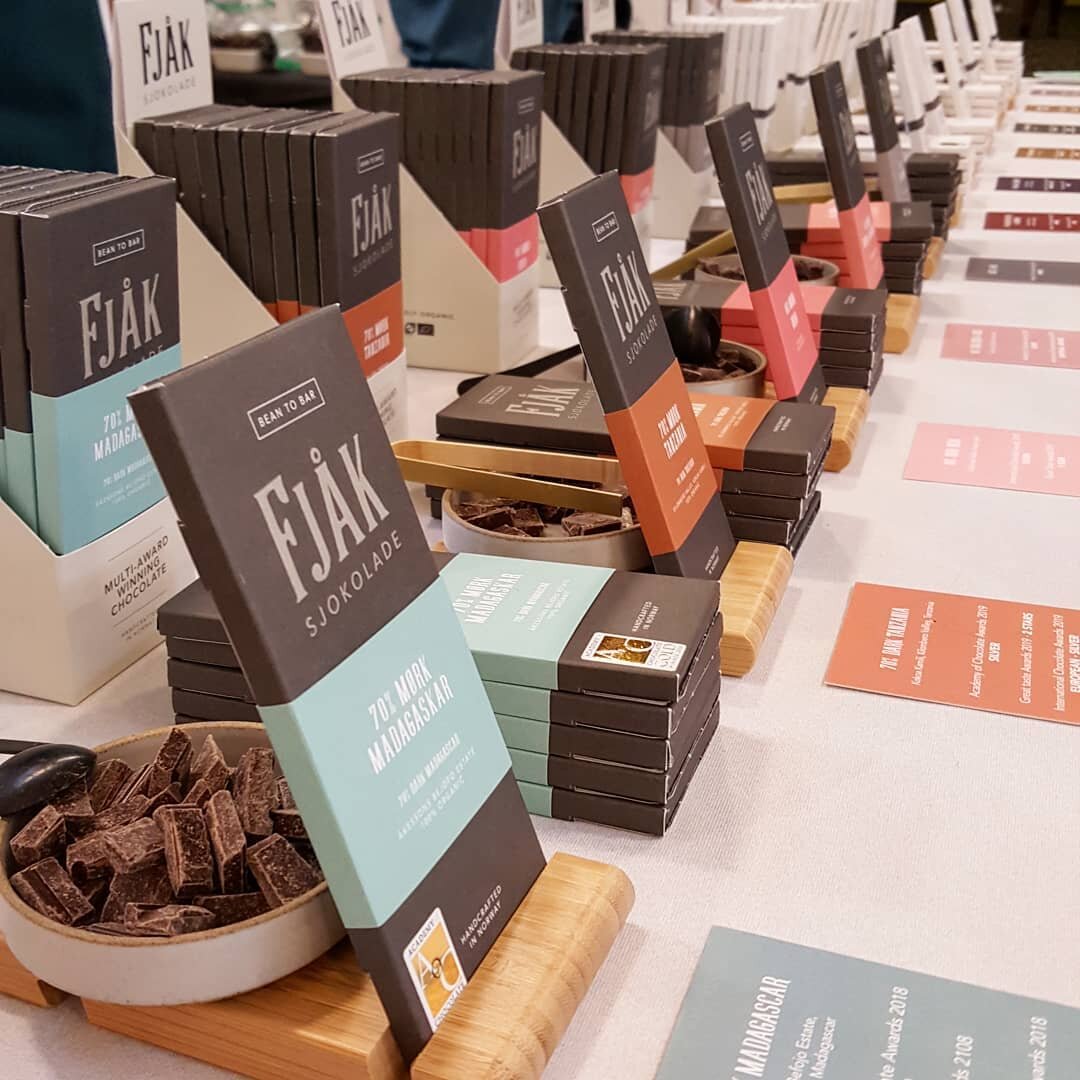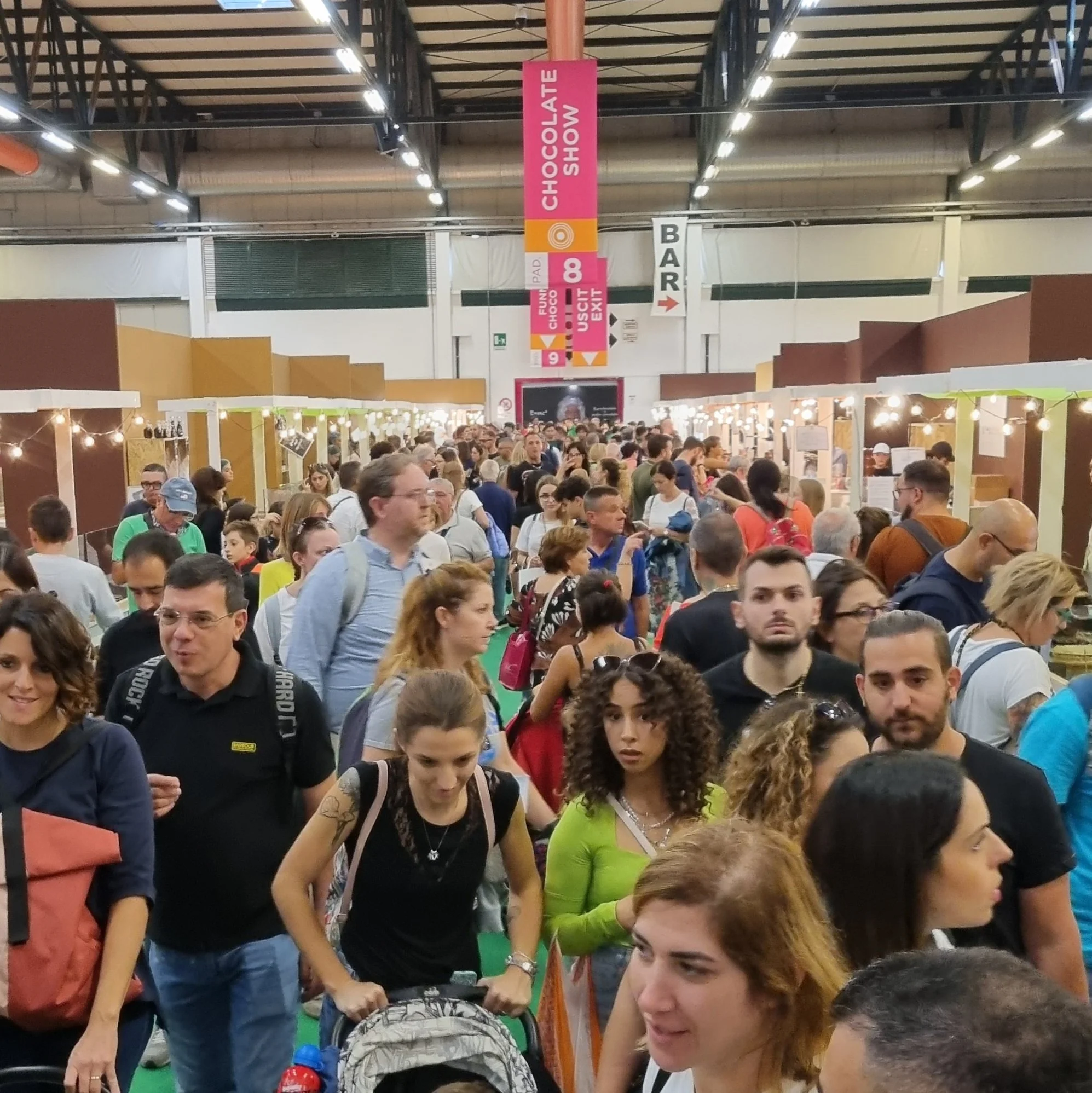Is Craft Chocolate Really Moving The Needle?
“The drops of rain make a hole in the stone, not by violence, but by oft falling.” –Lucretius
The pessimists will say 1%, the realists 2%, and the optimists 3%. This is the current size of the craft chocolate market worldwide, basically a drop in the ocean.
While chocolate sales worldwide are about to reach $139 billion by 2024, large corporations like Mars Inc., Mondelez International and Nestlé will reap most of the benefits. When you feed cheap and unethical foods to consumers that know no better, it’s easy to make a buck. Who are not set to become millionaires are chocolate artisans: expensive machines to maintain, high-quality ingredients, endless licenses and authorizations, the struggles of the solo-preneurship, counting every cent along the way. Money clearly isn’t their driving force.
While worldwide demand is heading towards quality over quantity (as shown by rising trends such as Minimalism, Sustainable Fashion, Ethical beauty and so on), it’s still debatable whether craft chocolate will truly make a difference in the cacao world. 50kg bags VS 30 ton cargo containers seems like a losing game.
70% of the world’s cocoa production is still in the hands of West Africa, where high-intensity production, corruption, poverty and abuses keep contrasting with the happy facade of chocolate. In the meantime, candies like Cadbury Dairy Milk and Mars Bar are still on top of the best-selling chocolates in the world.
However,the growth of craft chocolate is under everybody’s eyes. Here are some undeniable facts:
More educational tastings all over the world. Telling consumers to savour chocolate instead of chewing it was already a hazardous move. Imagine having them pay to savour chocolate for just half an hour with other people! But it’s happening: from the US to India, chocolate lovers are reuniting and enjoying tastings organized by experts, retailers and store owners. Often combined with specialty beverages like wine and beer, these events teach consumers the sensorial joy of choosing quality chocolate and are a great occasion to discover new brands.
More chocolate festivals, events and conferences to attend. In 2019, the Salon du Chocolat celebrated its 25th anniversary. At the beginning of the millennium, it was among the very few events entirely dedicated to the world of chocolate. Now, chocoholics can celebrate their favorite food in almost every corner of the world: Northwest Chocolate Festival in Seattle, Chocoa in Amsterdam, Salon Internacional del Chocolate de Madrid, Eurobean Festival in Rochsburg (Germany), Salon del Cacao y Chocolate in Lima, and more. All these events also feature educational classes and courses about cacao, while giving space to craft chocolate brands. Keep in mind that education wasn’t always a focus for chocolate events. In 2020, are you even a chocolate festival if you don’t have a talk about terroir?
More craft chocolate brands on the market. From the handful of craft chocolate makers in the US in 2007, to the estimated 200 in 2014, this number has done nothing but increasing, also in the rest of the world. “Chocolate maker” was an unheard-of career in places like Russia, Thailand, Korea, Norway and Uganda. Now almost every country is represented with at least one craft chocolate maker. Many victims along the way, but the number of professionals wanting to make chocolate from scratch has become impressive.
Craft chocolate also finds itself in a favorable position for the future, as it hits all the most popular food trends by default: vegan, gluten-free, organic, ethical, minimal ingredients, transparent, artisanal. This is what consumers in 2020 are asking for, and chocolate made from scratch on a small scale happens to satisfy all demands. With its beautiful packages and detailed designs, it is also becoming a hit on Social Media. Hashtags like #beantobar and #craftchocolate are averaging 200.000 posts shared. Three years ago, they were just a couple of hundreds.
But behind the craft chocolate needle there aren’t only chocolate makers.
On the other side of the thread, cocoa farmers are trying to make a living too. Treated badly by big companies and greedy brokers, many have found a sweet place by partnering with fine cacao producers and distributors. Higher prices, direct relationships. Also, more patience and more work. Ironically, cocoa farmers face the exact same dilemma as chocolate consumers: quantity or quality? Quick fix or long-term benefits? In the meantime, traceability in fine cocoa is at its peak: transparency reports, barcodes that trace back to farmers’ names, behind the scenes of the farm life. We can say that farmers in fine cocoa are treated better than their colleagues in bulk cocoa. But again, they are a drop in an ocean of poverty and abuses once you step outside the 50kg bags.
No big data exists on how many farmers are getting better lives thanks to fine cocoa. But a continuous demand for more craft chocolate is a good sign. When the chocolate maker makes money, the cocoa farmer makes money too, at least in fine cocoa. A steady demand at higher prices should really move the needle in the long run.
In conclusion, craft chocolate is in a better position than ever. Much potential still untapped in terms of marketing and communication, but a fierce determination to change lives for the better might just be enough to turn the entire market around.











